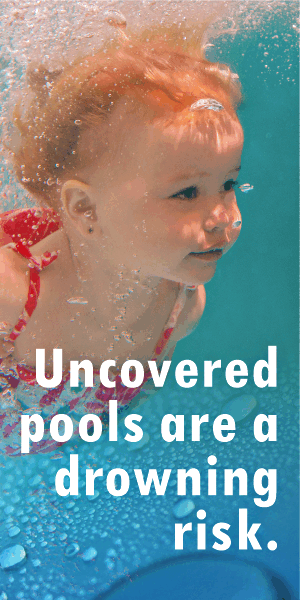
The need-to-know about ADHD medication abuse
Attention Deficit Hyperactivity Disorder (ADHD) stimulants are prescribed by medical professionals to improve concentration, memory and motivation to complete tasks. Without treatment, ADHD symptoms (inattention, impulsivity and hyperactivity) can have an adverse impact on one’s social interactions and functioning in the school and work environment. When taken as prescribed, ADHD stimulants are safe and effective. With an accurate diagnosis and treatment plan, individuals with ADHD can face and overcome the challenges of modern life and live fulfilling lives. However, the misuse of stimulants by ADHD and non-ADHD children and adults has increased drastically over recent years. This is due to misconceptions and a lack of knowledge regarding the associated risks and potentially dangerous consequences. ADHD stimulants are commonly believed to give short bursts of enhanced concentration and academic or work performance. Reports reveal the occasional recreational use of stimulants by school children but most who misuse ADHD medication rely on it in high-pressure situations such as exams and working on big projects to improve multitasking, memory and performance. But to maintain this unsustainable level of efficiency, increased dosages and rates of use are often required. It is crucial to understand the dangers of stimulant abuse and the impact thereof on the brain. The effects and risks of ADHD stimulant abuse Research shows that ADHD is caused in part by chemical imbalances in the brain and structural differences in grey matter – a core component of the central nervous system. Grey matter is responsible for memory, executive functions, impulse control, emotions and speech. Likewise, dopamine and norepinephrine levels have an impact on concentration, memory, problem solving, decision making, motivation, impulse control, emotions and social behaviour. Prescription stimulants provide mental stimulation to harmonise chemical imbalances. It enables individuals to focus on the task at hand with enhanced concentration and energy. However, the abuse thereof can result in a lack of concentration, sleep deprivation, depression, social anxiety, an inability to communicate effectively, a fast and irregular heart rate, high body temperature, psychosis, paranoia and hallucinations. Understanding the prescribed uses of ADHD medication Modern-day school and workplace pressures are mounting. To keep up with life at breakneck speed, children and adults with or without ADHD are becoming overly reliant on coping mechanisms of all sorts, including ADHD stimulants. Explaining to a loved one with ADHD the importance of using medication as prescribed will go a long way in encouraging the responsible use of all sorts of stimulants and substances. Here’s how you can encourage a healthy understanding and appropriate use of ADHD medication. No evaluation. No meds. A comprehensive evaluation and diagnosis by a licensed medical professional is essential before considering any form of ADHD medication. Reports show that some individuals exaggerate their symptoms to get a larger dosage to misuse or shared with non-ADHD individuals. Having an in-depth knowledge of ADHD symptoms and how it typically presents in a friend or family member will help you draw that fine line and accurately report the symptoms. Know what the fuss is about Learn all you can about the effects of ADHD stimulants on your children and adults as well as the effects and potential reasons for misuse. Equip loved ones with life management skills to rely on instead of medication when balancing academics, work and social activities. With the right practical resources, individuals with ADHD can improve their focus and organisation skills. Explain the risks of abuse Children and adults with undiagnosed ADHD often struggle with social interactions and may be more susceptible to peer pressure. The desire to fit in can be a strong incentive to misuse or share medication. Explain the impact of ADHD on the brain and the risks of misusing or sharing prescribed medication with non-ADHD individuals. Know the red flags of abuse Signs of treatment abuse can range from signs of anxiety, manic behaviour and dilated pupils to sleep deprivation and difficulty concentrating. If you suspect a loved one may be misusing, sharing or abusing stimulant medication, share your concerns with a medical professional. Living with ADHD can be challenging. There is no room for the additional dangers of stimulant abuse. The importance of an accurate diagnosis and treatment usage can’t be overstated. If you suspect that an adult loved one has ADHD, suggest this self-assessment to see if their symptoms are consistent with ADHD. For the assessment of children, consult a licensed medical professional. With a holistic treatment plan, therapy and life management skills, children and adults with ADHD can manage everyday challenges and live successful lives.

































